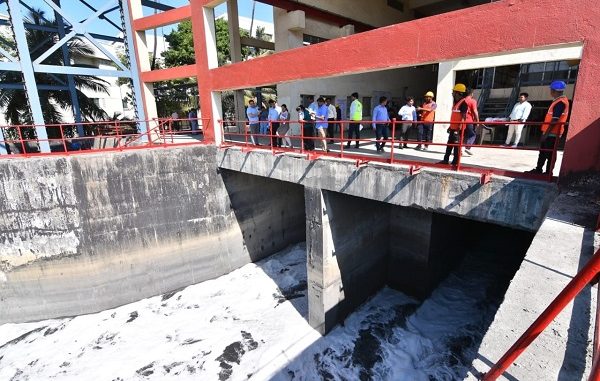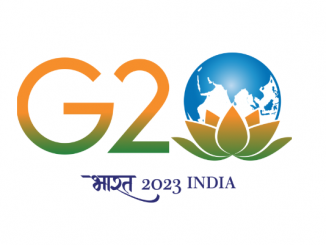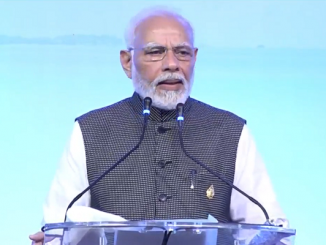
May 19: Mumbai is known to face heavy rains and water logging during monsoons. 26th July 2005 is etched in everyone’s mind when the Mumbai Metropolitan Region witnessed record rainfall and subsequent flooding leading to loss of lives and properties. G20 delegates attending the 2nd DRRWG meeting will be visiting the BMC’s control to see how the Mumbai Municipal Corporation has put in place tech-based solutions to deal with heavy rainfall and flooding during monsoon.
Mumbai is hosting the 2nd Disaster Risk Reduction Working Group of G20 countries from May 23-25, 2023 and the five key priority areas that will be taken up for discussion in this meeting are early warning, resilient infrastructure, national and international response, building back better and nature-based solutions.
After the 2005 Mumbai floods, the Government of Maharashtra constituted the Madhavrao Chitale Fact Finding Committee, which in its report had directed to implement various measures, including setting up of pumping stations in BMC’s sensitive areas.
In Mumbai the rainwater does not flow into the sea during high tide, the level of the seawater pushes the rainwater back onto the streets of the city which results in water logging in various low-lying areas in Mumbai. To avoid this and to drain out the water, the pumping stations push the rainwater into the sea with high-power water pumps. This results in drainage of the rainwater very fast. These pumping stations play an important role in avoiding a possible disaster during heavy downpours, stated Additional Municipal Commissioner Shri P. Velrasu.
The BMC has built pumping stations and underground water storage tanks for speedy clearance of rainwater. Considering the geographical location of Mumbai and effective drainage of the rainwater during heavy downpours, six pumping stations are operational at Haji Ali, Lovegrove (Worli), Cleveland Bunder (Worli Village), Britannia (Reay Road), Irla (Juhu) and Gazadhar bandh (Santacruz). Two more pumping stations will be added soon. Smaller pumping stations are also operational at some other locations in Mumbai. There are 43 pumps in these 6 operational pumping stations and each pump has an installed capacity to lift 6000 litres of water per second. It means that the collective water lifting capacity of these pumps is 2 lakh 58 thousand litres of water per second. These pumps are computerized and automatically become functional after heavy rain when the rainwater flows towards the pumping stations.
Disclaimer: We donot claim that the images used as part of the news published are always owned by us. From time to time, we use images sourced as part of news or any related images or representations. Kindly take a look at our image usage policy on how we select the image that are used as part of the news.

